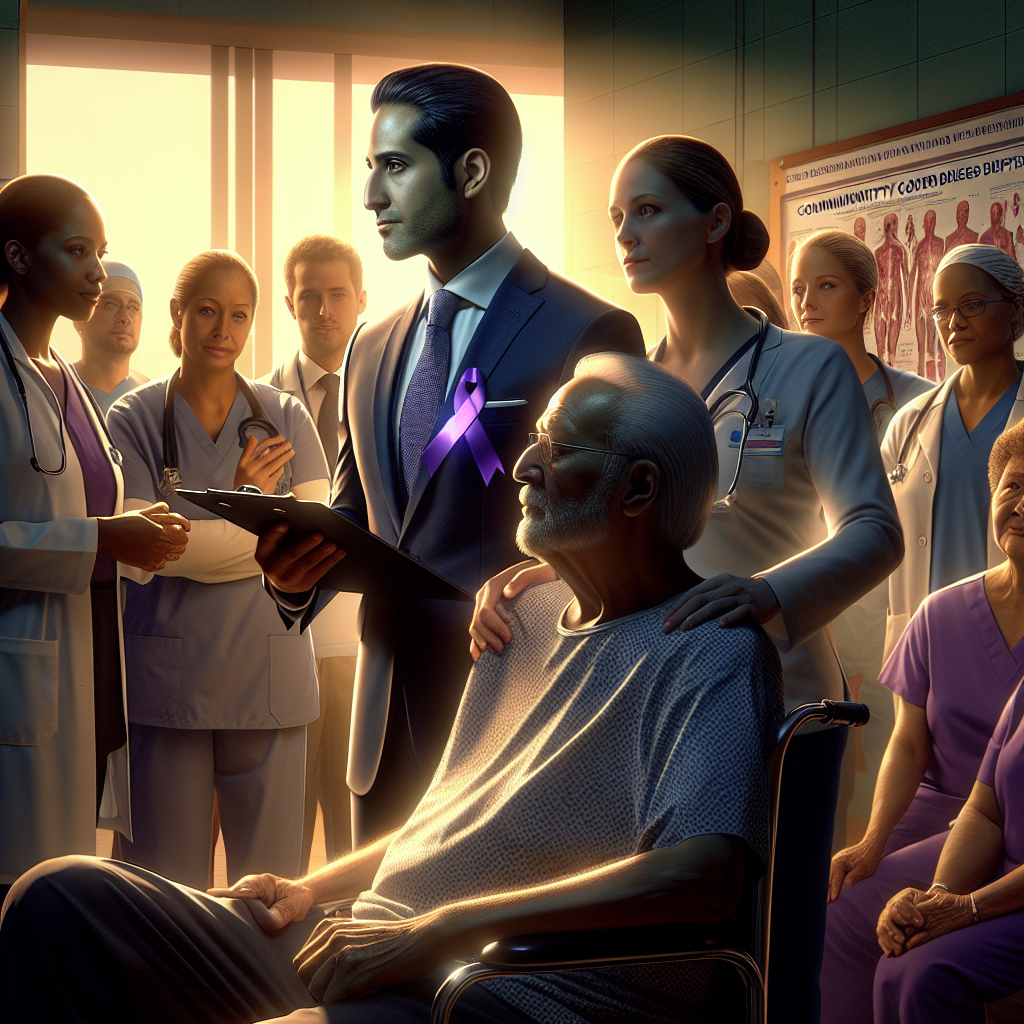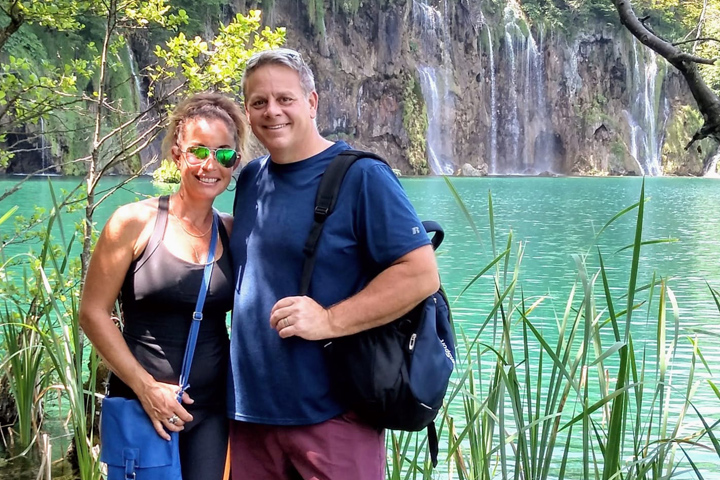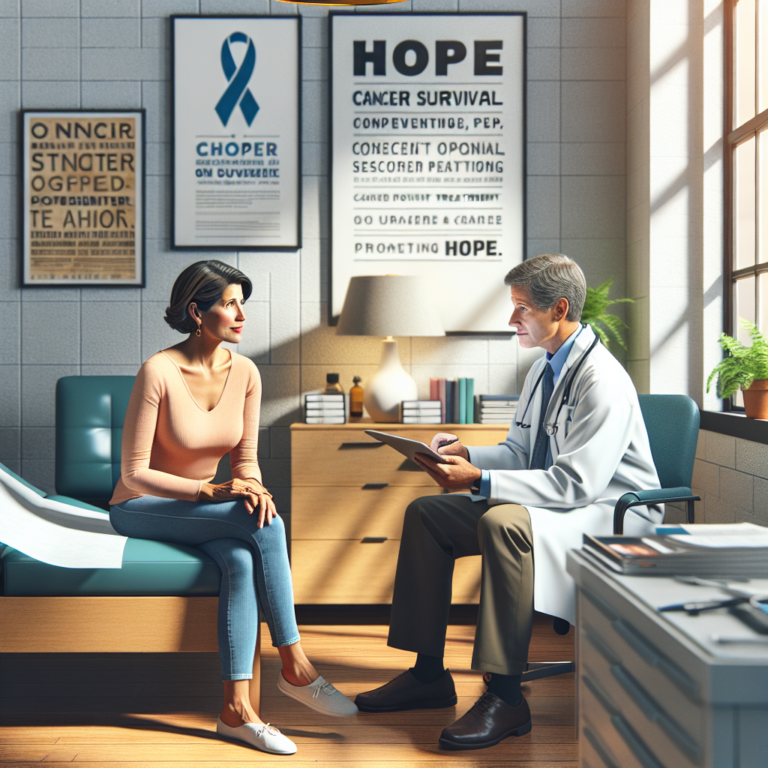Thriving After Trauma: Celebrating 5 Years of Survival and Resilience

Scott Hirshey’s Journey Through Pancreatic Cancer: A Tale of Hope and Resilience
In August 2012, Scott Hirshey received the life-altering news that he had pancreatic cancer. What began as a routine visit to the doctor, prompted by symptoms like jaundice and dark urine, quickly escalated into a battle for his life. This article chronicles Scott’s courageous journey from diagnosis through various treatments, ultimately becoming a beacon of hope for others facing similar challenges.
Initial Diagnosis and First Steps
Scott’s journey took a serious turn when his doctor failed to specify the stage of his cancer. Determined to seek the best possible care, he turned to Henry Ford Hospital in Detroit, where his oncologist, Dr. Irina Dobrosotskaya, recommended an aggressive chemotherapy regimen known as FOLFIRINOX. This involved lengthy infusion sessions every other week, and although the side effects were daunting, the support from the oncology team helped him cope.
- Chemotherapy began: August 2012
- Initial treatment: FOLFIRINOX at Henry Ford Hospital
As he navigated the challenges of chemotherapy, Scott’s family urged him to seek a second opinion. This led him to the Karmanos Cancer Institute, where Dr. Philip Philip advised him to consult either the Medical College of Wisconsin or the prestigious MD Anderson Cancer Center in Houston. Opting for MD Anderson, where his brother resided nearby, Scott met with Dr. Matthew Katz, who ultimately scheduled him for Whipple surgery in January 2013.
Whipple Surgery and Recovery
After completing his chemotherapy, Scott underwent radiation therapy for 28 days, all while continuing his treatment with oral chemotherapy pills. The Whipple surgery, while lengthy and challenging, marked a significant step in his recovery. Scott and his wife spent a month in Texas post-surgery, adapting to life with a feeding tube, which he managed with the help of medical documentation for airport travel.
- Whipple surgery: January 2013
- Recovery period: One month in Texas
Following surgery, Scott continued to receive scans every three months to monitor his health, striving to regain a sense of normalcy in his life.
Facing Recurrence with Strength
In January 2016, Scott’s routine scans revealed a concerning development—a recurrence of pancreatic cancer, now classified as stage IV. After discussions with his medical teams at both MD Anderson and Henry Ford, they decided that stereotactic body radiation therapy (SBRT) would be the best course of action. Scott underwent five sessions of SBRT and additional chemotherapy with FOLFIRINOX.
Despite facing challenges with the second round of chemotherapy, Scott’s determination shone through. By July 2016, he completed his treatments, and follow-up scans indicated that the cancerous area had shrunk, confirming the success of the therapy.
Community Involvement and Advocacy
Throughout his cancer journey, Scott became actively involved in advocacy, particularly with organizations like PanCAN and their events, such as PurpleStride and PurpleLight. He also participated in gatherings at Gilda’s Club, connecting with fellow survivors and sharing experiences, which he found invaluable.
- Advocacy involvement: PanCAN, Gilda’s Club
- Five-year survival milestone: Achieved on August 2, 2017
Tragically, eight years after his initial diagnosis, Scott passed away. His relentless pursuit of treatments and advocacy work left an indelible mark on the pancreatic cancer community. His legacy continues to inspire and empower patients and their families facing similar battles.
Scott Hirshey’s story is a poignant reminder of the resilience of the human spirit and the importance of community and support in the face of life’s toughest challenges.






